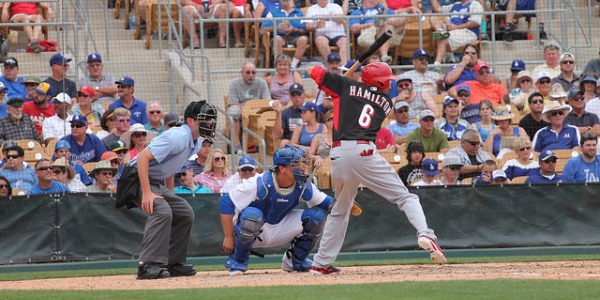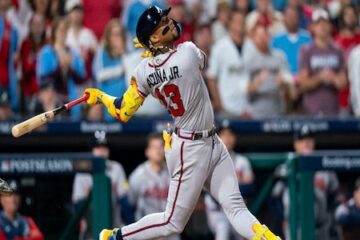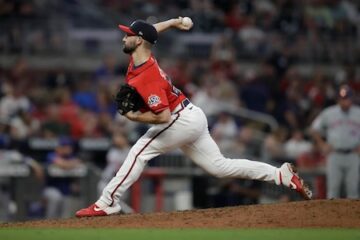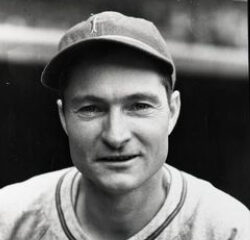2014 Fantasy Baseball: Value Matters


This weekend, many of you will be drafting for the final time (or maybe for the first time). Over the course of an off-season, average draft positions of many players will rise and fall. There are several reasons as to why this occurs. Firstly, there is the post-season bump. Then during the winter months, you hear the “best-shape, worst-shape” lines, including plenty of photos. Sometimes you will even read about a player’s impending health. Good news or bad, mockers take notice. Shortly thereafter, information leaks out about a pitcher tinkering with a new offering, or a hitter lowering his hands, perhaps changing his stance. There will be plenty of terms thrown around such as “mechanics” and “new approach”. Finally, it begins to come to a head with Spring Training performance and general health. Mixed in-between it all is a lot of advice and chatter. Podcasts, retweets, and blogs. You knew your favorite target’s ADP couldn’t last.
Simply put, a draft in the beginning of March will look very different from one at the very end of it.
But sometimes, ADP reports can be misleading. They are based on 5×5 standard roto categories and many of us play in leagues with different formats. They also don’t account for more advanced leagues, which many of us participate. It is one thing to mock or to dabble in a free public league, but in any serious league, ADP becomes a little less reliable.
So, what does this all mean? Well, for one, you must have the discipline to refrain from drafting a player too high. On the flip side, allow yourself to take advantage of the value that falls throughout your draft.
The goal is to build a roster that adds up to a championship. Each passing year, my teams are quite varied outside of a handful of players, and those tend to be later selections or pitchers. In the end, my focus is on roster construction, which means I can’t reach on a player I love or a player that just doesn’t fit into what I’m trying to do. I am all about value and hitting my target numbers set for each category. However, there is a difference in reaching by a round or so to get a player you believe in or need, and overreaching to the point that your arm ends up in a sling. I see reaching as when you significantly overpay on a player when there is better production still available, at least when it comes to similar positions. We know that a second baseman’s production is viewed differently than an outfielder. Reaching is also a moment when a player is unlikely to meet the significant expectations of where he is being selected. Essentially meaning, the determined likelihood of that player living up to your projected value and the value of the others drafted around him.
There are also times when you may believe in a player and his future production, but remain patient because you believe you can get this player at a later point in the draft, further increasing the value of the selection. This occurred during my FSWA draft when I had a third round value on Joe Mauer, but remained patient and landed him in the fifth round. I was able to obtain other strong players and maximize my Mauer pick to the fullest.
Average draft positions are also affected by a manager’s player rankings. But player rankings are not necessarily a guide as to how you should draft. They tend to balance risk, upside, and floor. And that needs to be understood. This is where tiers become important and they could help you make decisions with which you are most comfortable.
I have Jedd Gyorko as my fourth ranked second baseman for 2014. I have zero shares in all my competitive leagues. Occasions did arise where I missed the moment to draft him, but usually, he simply was drafted too soon or at too high of a price compared to the players available at the time. I have my own understanding of what the likeliness is that he reaches his projected ceiling and his floor, as well as how much risk he may have, and I tend to stick with this plan. I have seen Gyorko go as the 59th name off the board. In these instances, it was a price that I was not ready to pay. At that point, I am fine going in a different direction that will allow me to create the roster I desire.
We put our own projections on each player. I tend to give a player a projected floor and ceiling. I determine the percentage that their season will turn into a complete bust, approach my projected floor, or reach my projected ceiling. When I consider this, along with other variables such as position depth, Billy Hamilton is another player that I have seen repeatedly taken too high. In many competitive leagues, he is being drafted before 60 players come off the board. That price isn’t for me. I much rather take Ben Revere 150 picks later. Combine that with another player such as Everth Cabrera, who I have seen slip in a lot of drafts, and you give yourself a much better chance at achieving your target numbers. Investing so early in Hamilton not only prevents you from taking a better in that spot, but also becomes a crucial part of your stolen base strategy. Many have said Hamilton could lock up steals by his lonesome. If you believe in that, and follow through with this strategy, his failure puts a devastating crack into your roster foundation.
Only you can decide if you should pull the trigger on Matt Adams now or wait two rounds and hope to snatch up Brandon Moss. A lot of your decision-making depends on the remaining draft pool, your player projections, position depth, your roster, and the feel of the draft room. Value matters, in part, and in whole.





